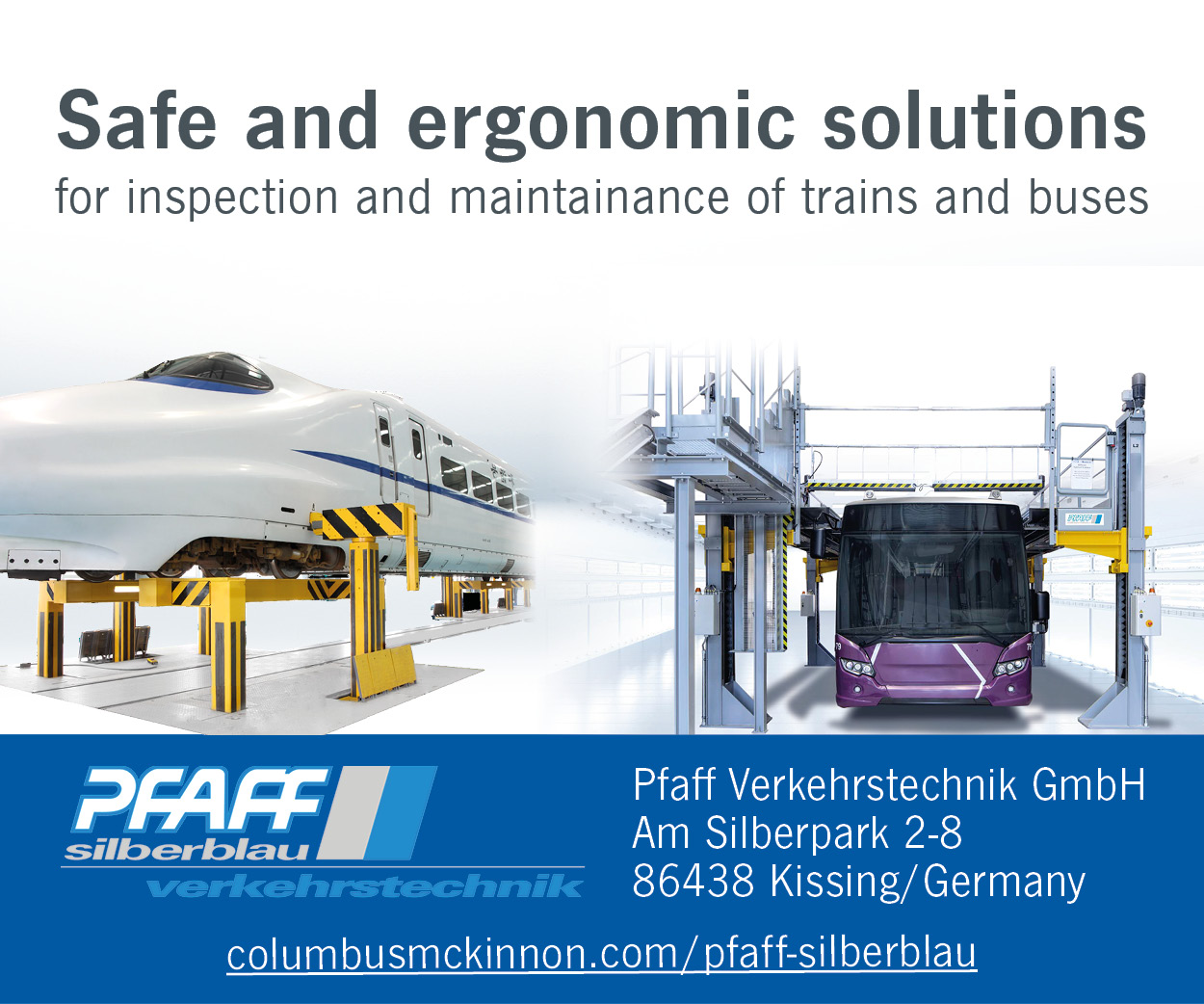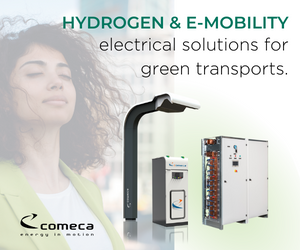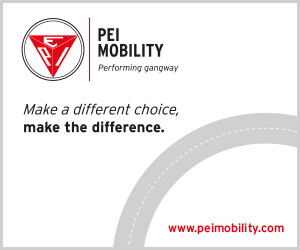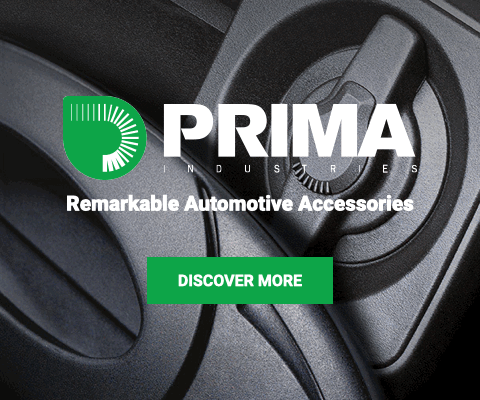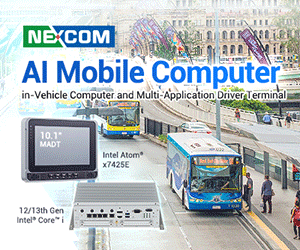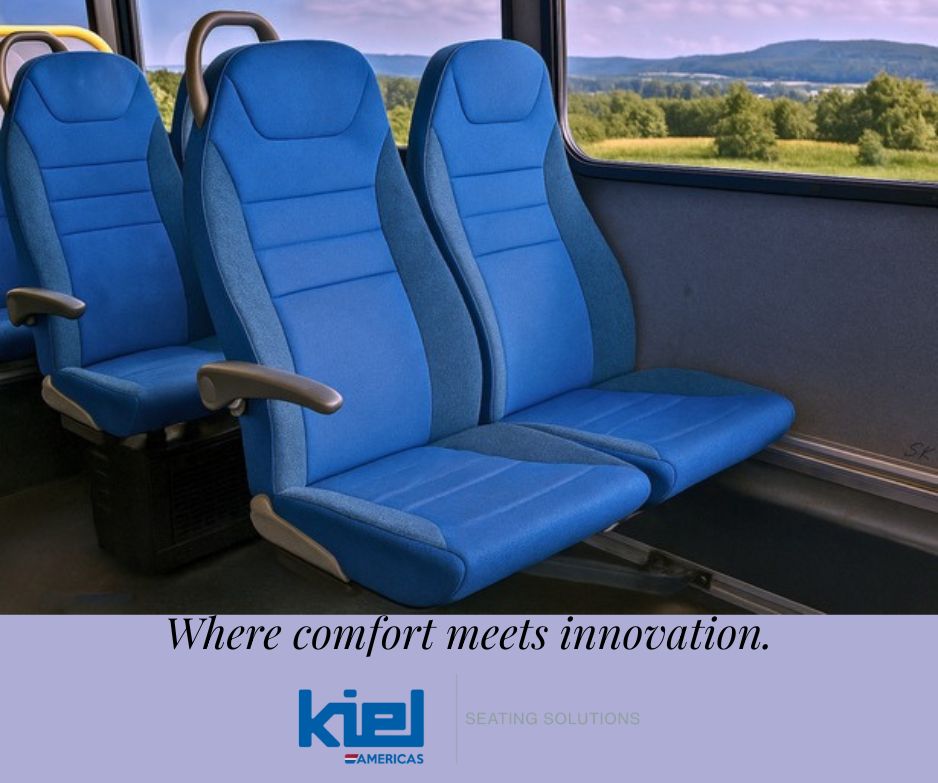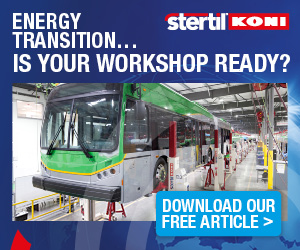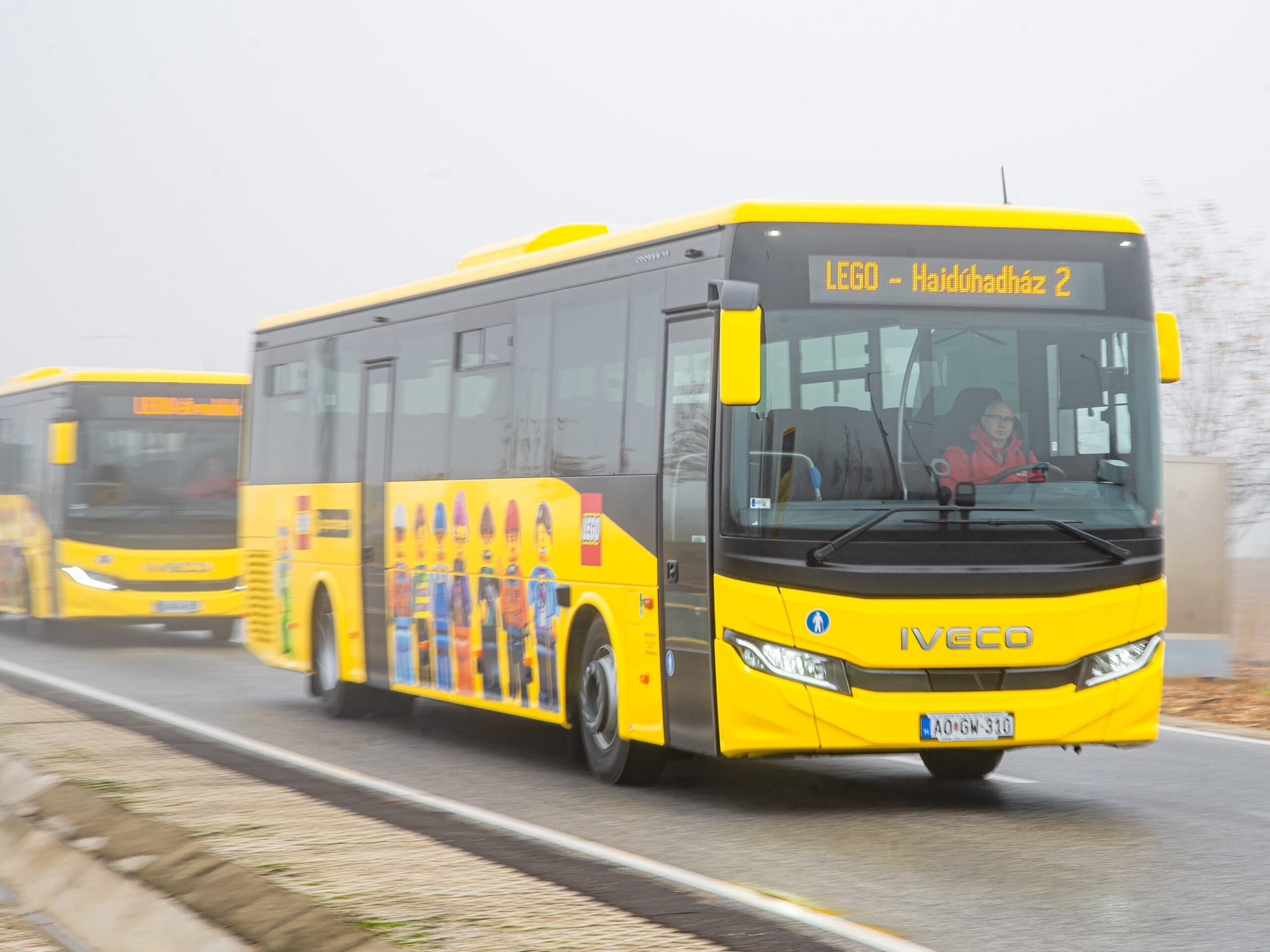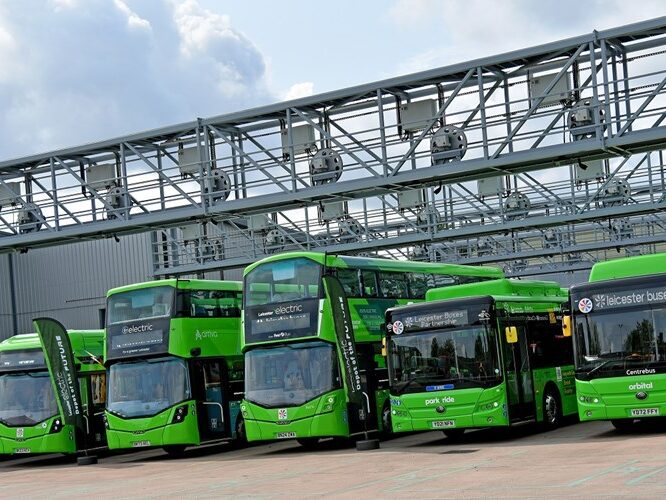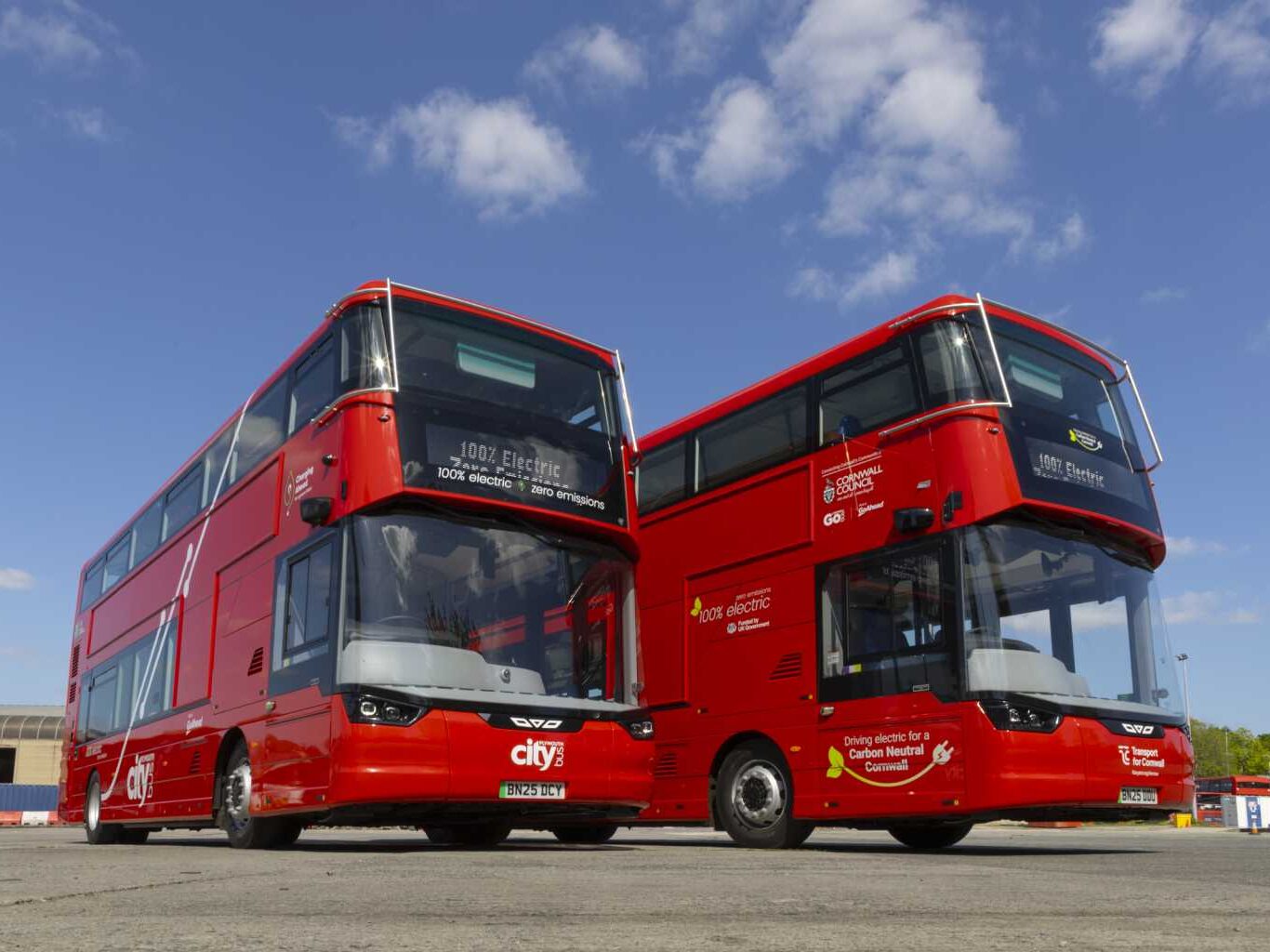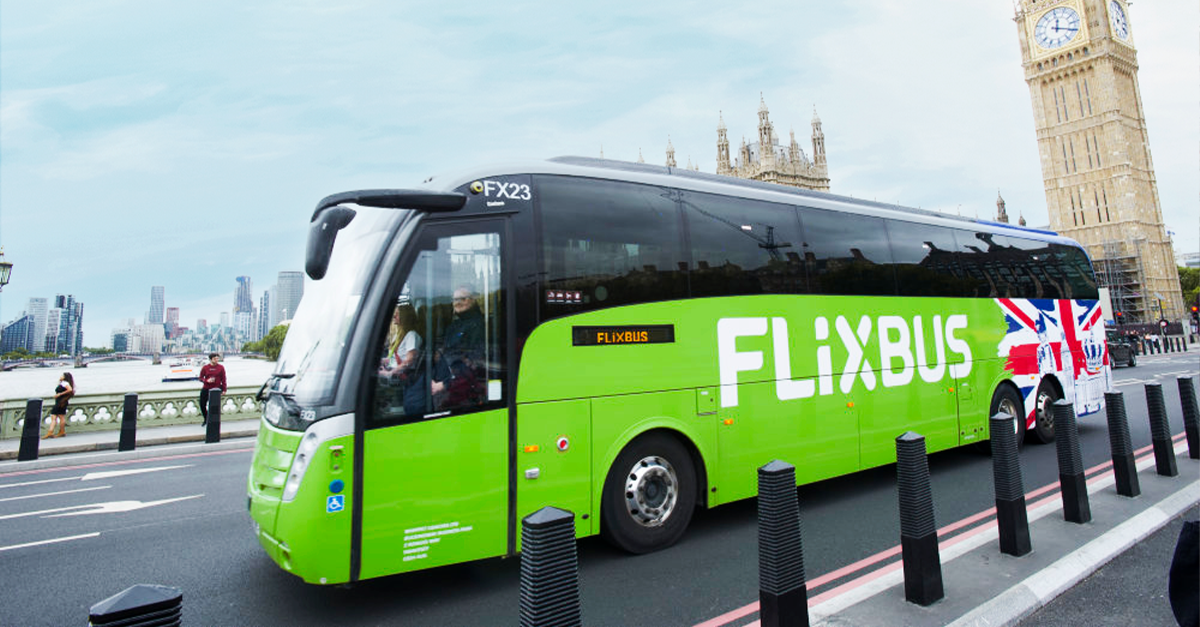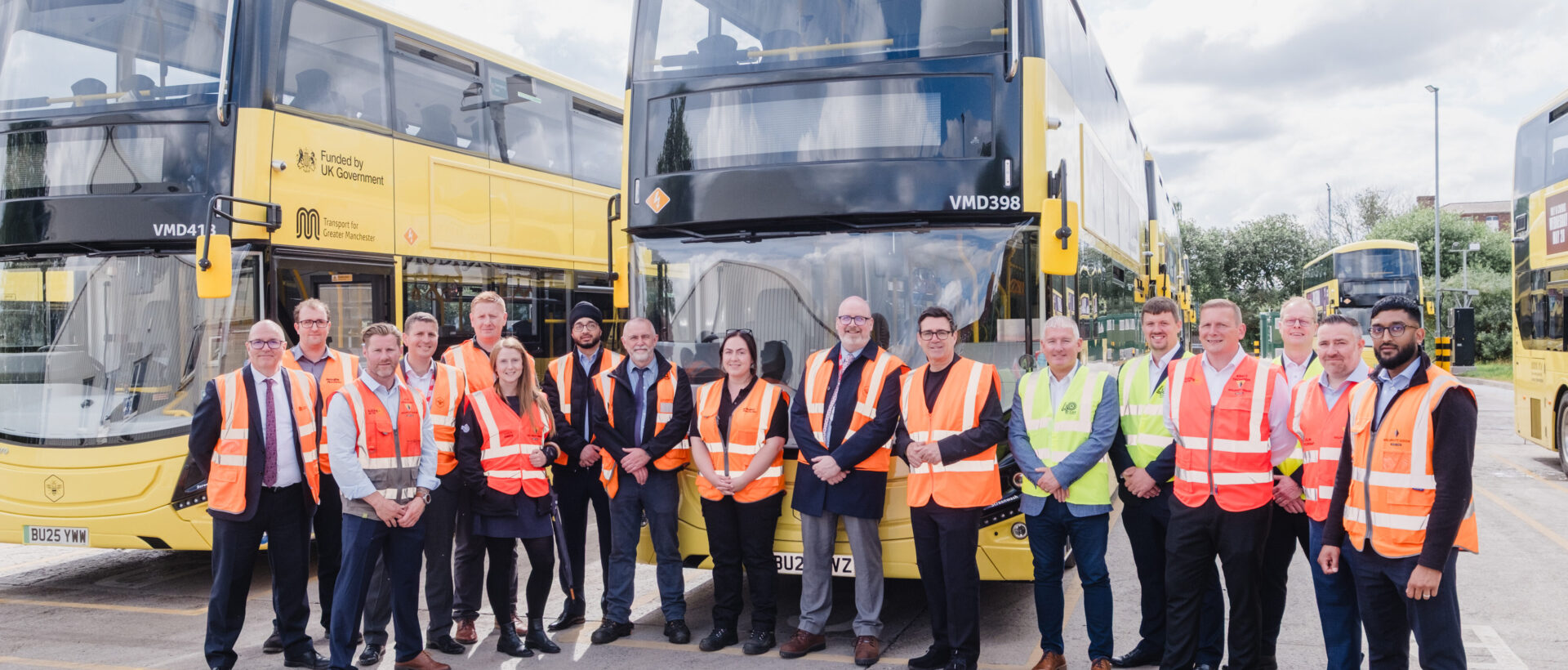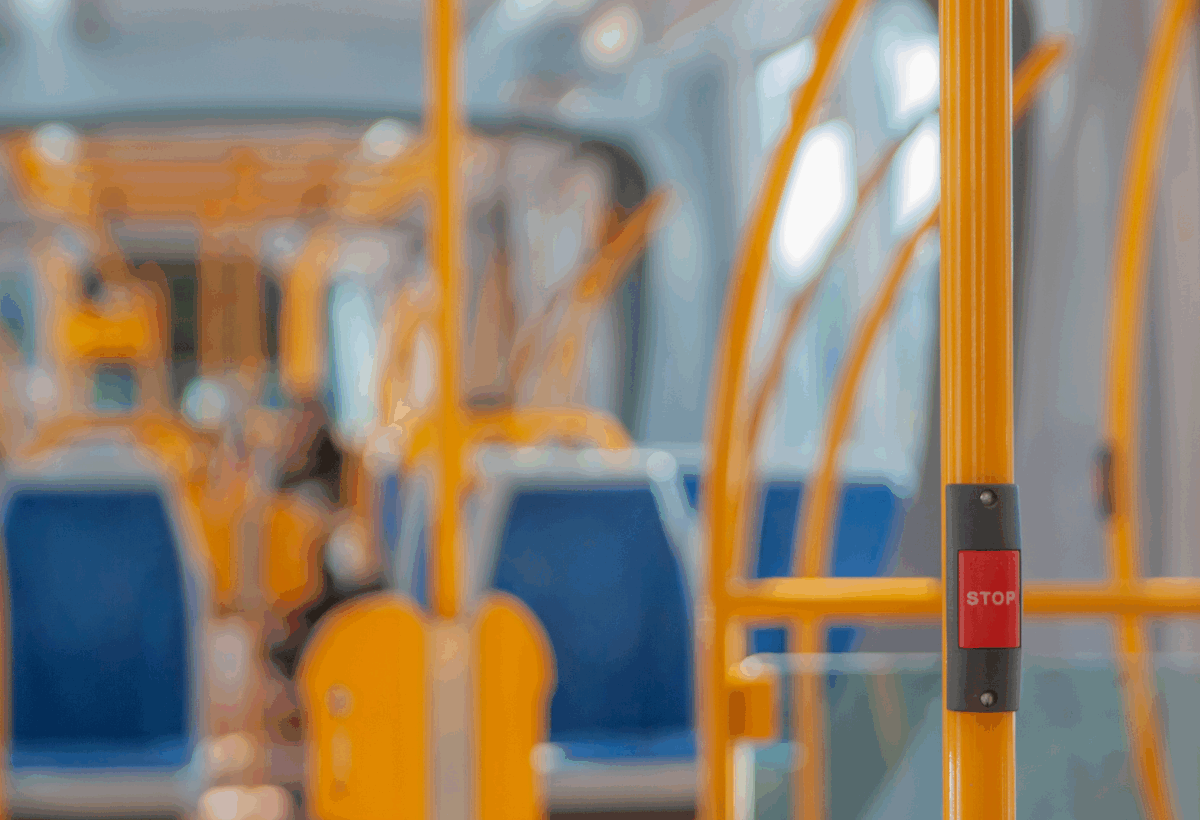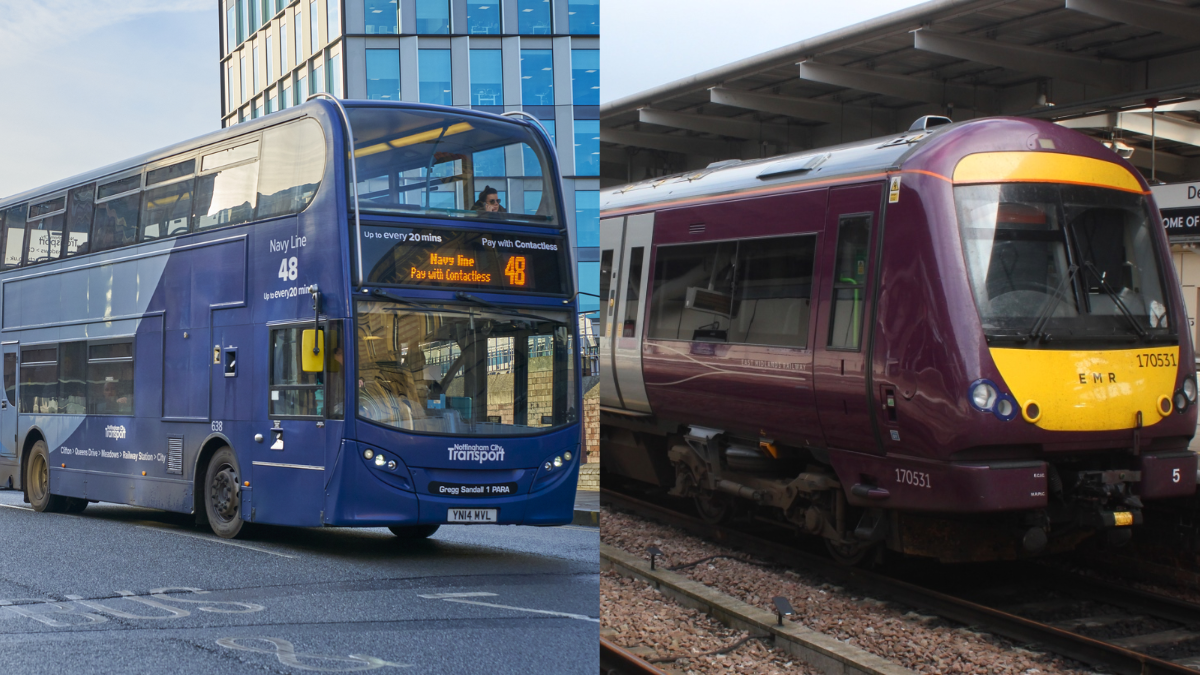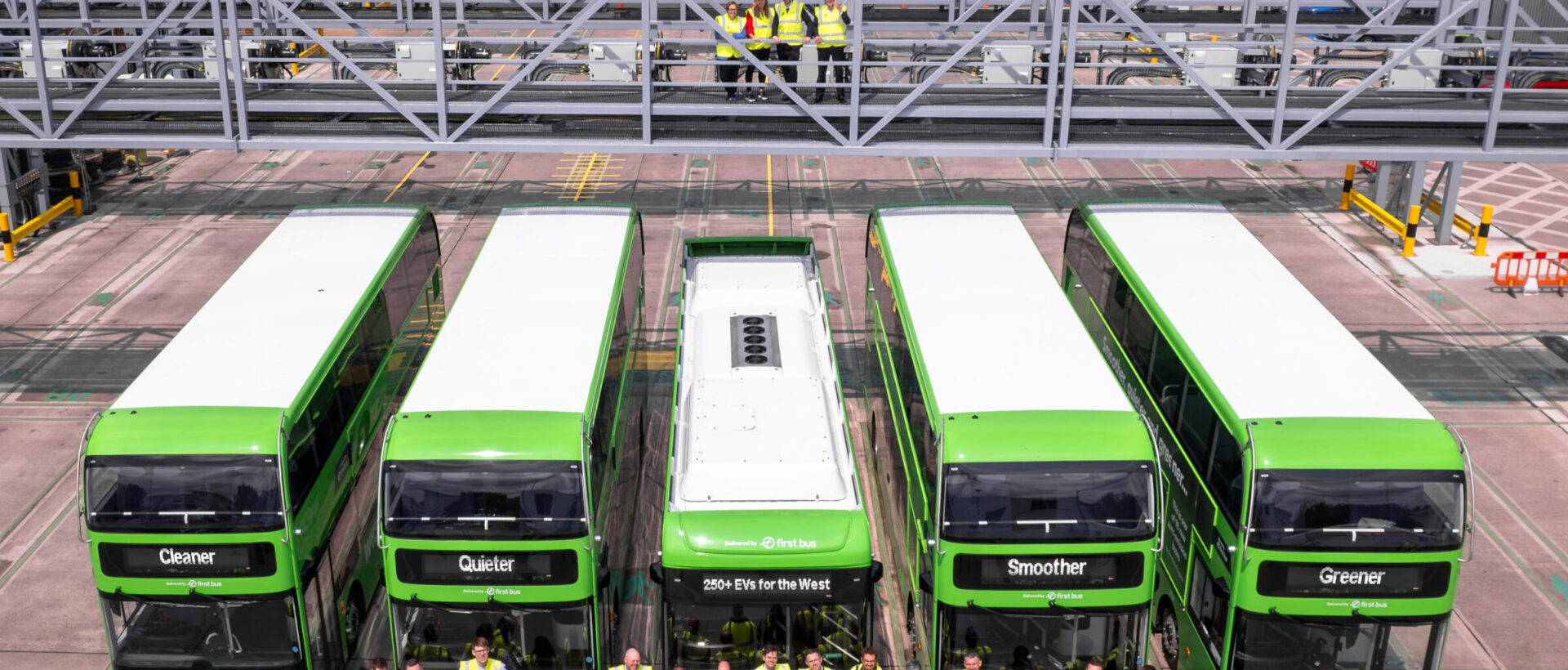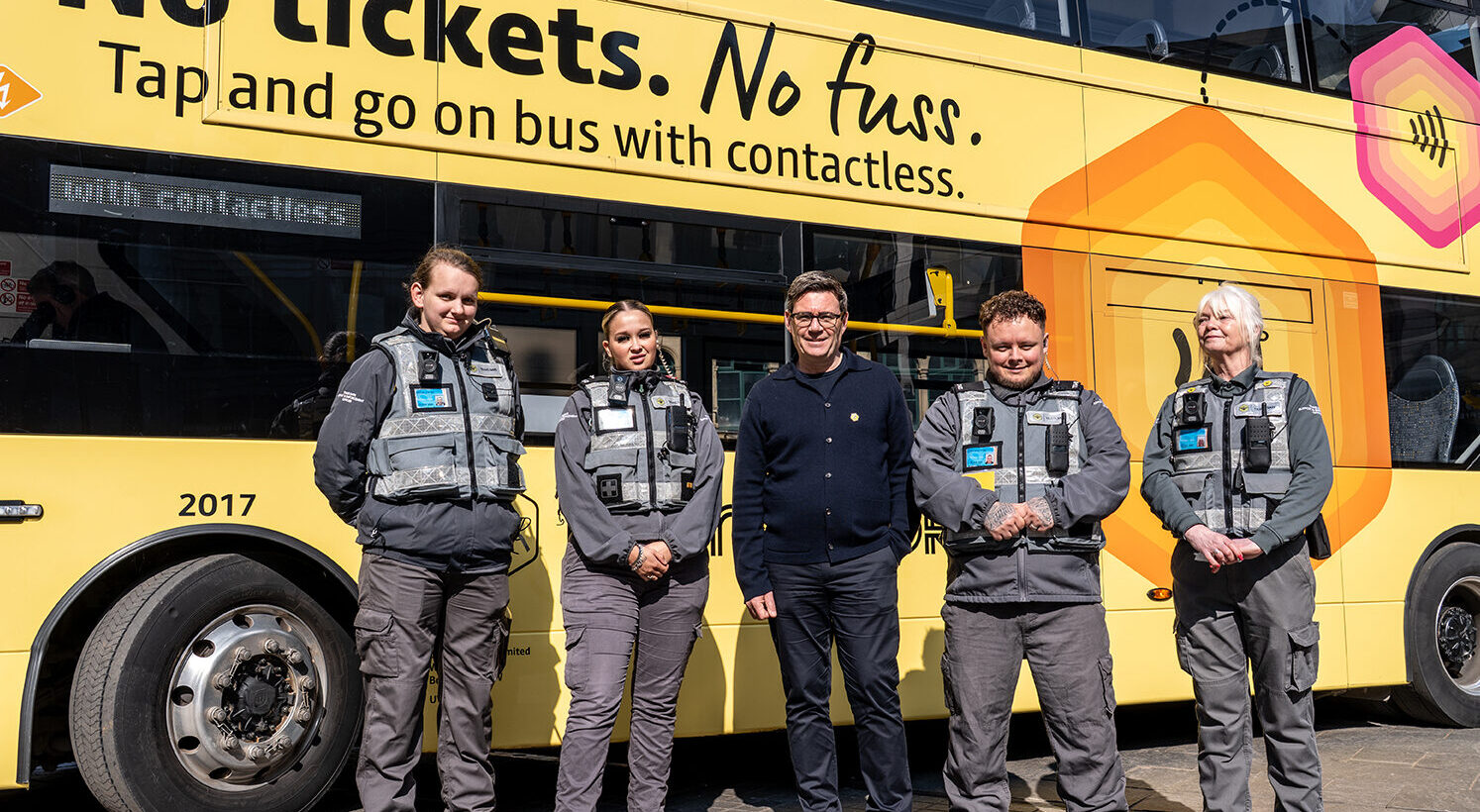London has reached a significant milestone with the introduction of the capital’s 2,000th zero-emission bus onto the city’s streets, growing from an initial number of 30 in 2016.
The 2,000 buses make up more than 20% of the city’s entire bus fleet, making two in every nine vehicles completely emission-free and moving toward Transport for London’s (TfL) overall target of a zero-emission fleet by 2030.
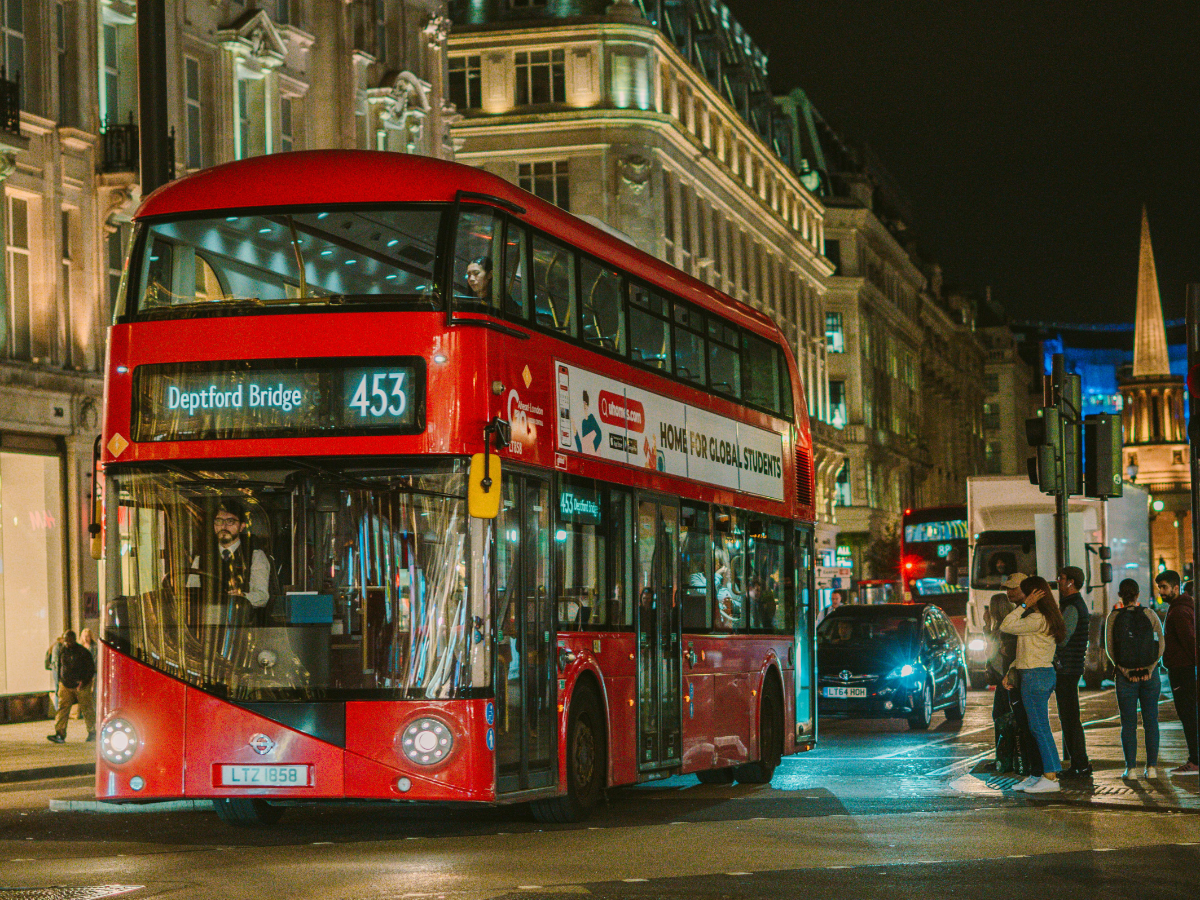
Every vehicle purchased since 2021 has been zero-emission, with each of TfL’s other buses meeting or exceeding Euro VI emission standards, the same standards as the city’s Ultra Low Emission Zone (ULEZ).
The Mayor of London, Sadiq Khan, said:It's fantastic London is leading the charge with more than 2,000 zero-emission buses in the capital, the largest zero-emission bus fleet in Western Europe.
I'm proud we've taken London's bus network from strength to strength since I became Mayor in 2016, increasing the size of the network, making transport greener and improving bus safety and customer experience. The number of London's world-famous red buses that have now gone green has increased from just 30 in 2016 to more than 2,000 today. This is helping to clean up London's toxic air, protect the environment and the health of Londoners.
I will continue to do everything I can to ensure buses remain the most accessible, affordable and sustainable form of transport as we continue to build a greener, fairer London for everyone.
Currently, there are 107 bus routes throughout London operating fully emission-free.
TfL also recently launched route 337, an all-new fully electric bus route operated by Transport UK and serving passengers between Clapham Junction and Richmond.
Lorna Murphy, TfL's Director of Buses, said:Not only do our iconic buses play a vital role in enabling Londoners to travel from A to B affordably and accessibly, but they also ensure each customer they carry is making their journey in the most sustainable and eco-friendly way possible. With more than 2,000 zero-emission buses on London's roads and the addition of more fully electric routes like the 337, we are on a mission to transition to a fully zero-emission bus fleet, and continue to have the largest zero-emission bus fleet in Western Europe.
Our investment in our operators and supply chain partners ensures continuous market growth and security, while supporting the national economy through the green and manufacturing jobs. Decarbonising the public transport network is essential to the Mayor's mission for London to achieve net zero carbon by 2030.
Route 337 utilises 12 new Wrightbus Electroliners and operates with a bus roughly every 10 minutes. Each vehicle is fitted with USB charging points, speed limiters, cameras replacing traditional interior mirrors and a new front-end design intended to provide more warning to pedestrians, as well as other road users.
Jean-Marc Gales, Wrightbus CEO, said:This is a landmark moment for London and for Wrightbus and one we're proud to be a part of. Public transport is leading the way in the zero-emission transition, and we are delighted to support Mayor Sadiq Khan's tireless efforts to improve air quality, reduce carbon and support UK manufacturing.
We're also pleased to announce our exclusive five-year partnership with Transport UK, which will see its fleet bolstered by 75 additional Wrightbus zero-emission vehicles in 2025 alone. Every Wrightbus in service on the streets of London thanks to this partnership helps to support good, green skilled jobs and the wider manufacturing sector across the UK.
As the UK's leading zero-emission bus manufacturer, Wrightbus vehicles are built with parts from suppliers across the UK manufacturing sector, so our success is its success.
Transport UK has placed an order for 75 new zero-emission buses from Wrightbus over 12 months, further cementing their current relationship and delivering market growth as part of the capital’s journey toward its zero-emission fleet.
TfL has stated intentions to implement a number of new initiatives in order to reach its target including the introduction of 25km of new bus lanes, improved customer information and upgraded bus stops.


